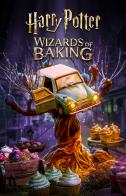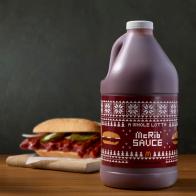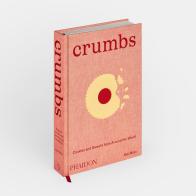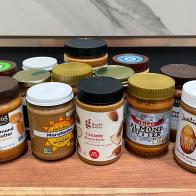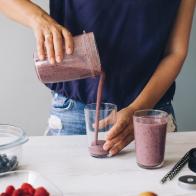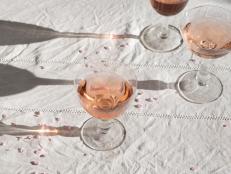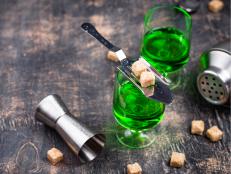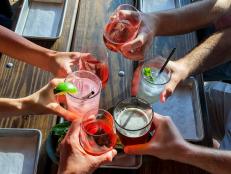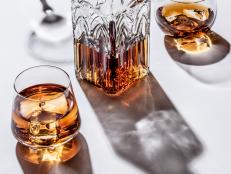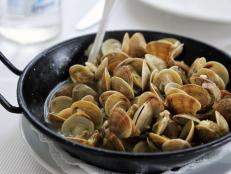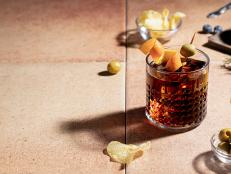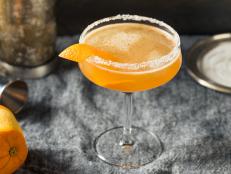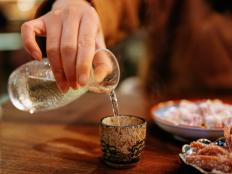The Color of Your Alcohol Could Be Making Your Hangover Worse
How you feel the next morning isn’t only about the number of drinks you have the night before.
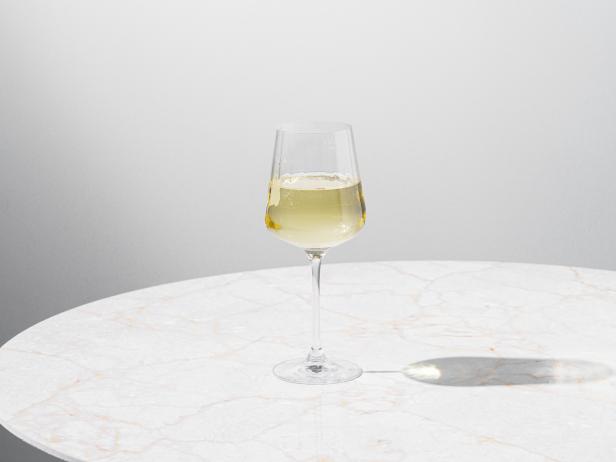
Natalia Gdovskaia/Getty Images
Drinking too much alcohol can often lead to a hangover. But can the type of alcohol you drink make a hangover even worse? Here, we break down what causes hangovers in the first place, and why the color of your alcohol could affect how you feel the next day.
According to Mayo Clinic, “A hangover is a group of unpleasant symptoms that can happen after drinking too much alcohol.” Symptoms can include extreme tiredness and weakness, thirst and dry mouth, headache and muscle aches, nausea, vomiting or tummy ache, not sleeping well or not getting enough sleep, low tolerance for light and sound, dizziness, and shakiness and sweating. As a general rule, the more alcohol you drink, the more likely you are to have a hangover the next day. However, there aren’t any hard and fast rules to know how much you can safely drink to avoid a hangover.
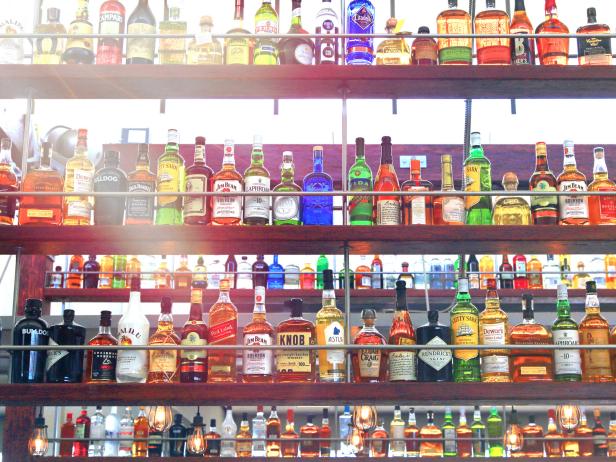
Philippe TURPIN/Getty Images
What Causes Hangovers?
Alcohol is made by fermentation and distillation processes where yeast converts sugar to ethanol. The amount of ethanol in your beverage can vary, and the amount of it per drink is known as percent alcohol by volume (% ABV). In general, the higher the percent-ABV, and number of drinks you consume, the more likely you are to have a hangover.
But there is another lesser-known factor in alcoholic beverages that can affect how you feel. When yeast breaks down the original carbohydrate to produce ethanol, the process also creates byproducts called congeners. The amount of congeners in a beverage depends on the carbohydrate used for fermentation, such as grapes for wine, or grains for beer. The distillation process can also influence how many congeners are in a beverage. These congeners influence the characteristics of a drink, such as aroma, flavor and appearance.
As a general rule, the lighter the drink, the lower the congener level because the drink isn’t heavily distilled. This means that clear alcoholic beverages like vodka, light rum, gin, sake and white wine are low in congeners, while amber or dark tequila, cognac and whiskey are high in congeners. Bourbon whiskey has more congeners compared to most other alcoholic drinks.
If you drink alcoholic beverages higher in congeners, it can give you a more intense hangover. A published study compared hangovers in people who drank vodka, bourbon or a placebo. The results found that those who drank bourbon had more severe hangovers compared to the group that drank vodka. Severity of the hangover was determined by the Acute Hangover Scale which consists of eight symptoms that are rated from zero (“none”) to seven (“incapacitating”) and has been validated empirically. Those with a more severe hangover had higher scores compared to those with lesser symptoms who had lower scores.
On top of percent-ABV and the amount of congeners a drink contains, there are other factors, including hydration, that can influence how bad a hangover can get (though more research is needed on those additional factors).
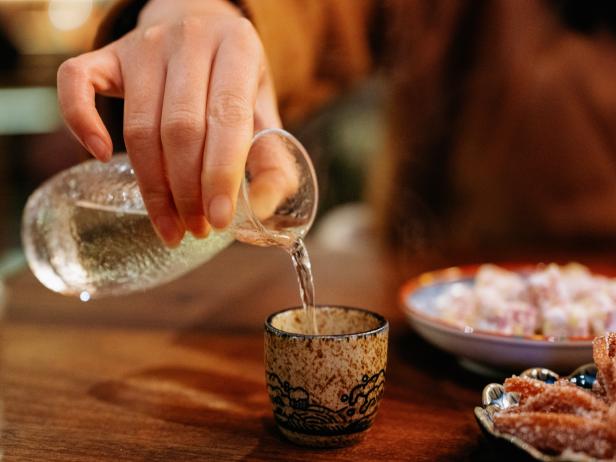
LAW Ho Ming/Getty Images
How To Minimize a Hangover
If you’re looking to minimize the severity of a hangover, there are several ways to do so:
Drink in Moderation: Drinking non-alcoholic beverages will, of course, prevent any hangover. But if you do want to consume alcohol, do so in moderation. Moderation is defined as a maximum of one drink per day for women and two drinks per day for men.
Choose Lighter-Colored Alcoholic Beverages: Light beer, vodka, light rum, gin, sake and white wine have fewer congeners and will give you a less intense hangover. It’s still recommended to drink these beverages in moderation.
Hydrate: Dehydration is another contributor to hangovers, so stay hydrated when drinking alcoholic beverages.
Choose Drinks with Less Sugar: Mixed drinks can have more alcohol and sugar, which masks the flavor of the alcohol. This makes it easier to drink more than you realize. Instead, opt for wine, beer or neat spirits and sip on them.
*This article was written and/or reviewed by an independent registered dietitian nutritionist.
Related Content:





